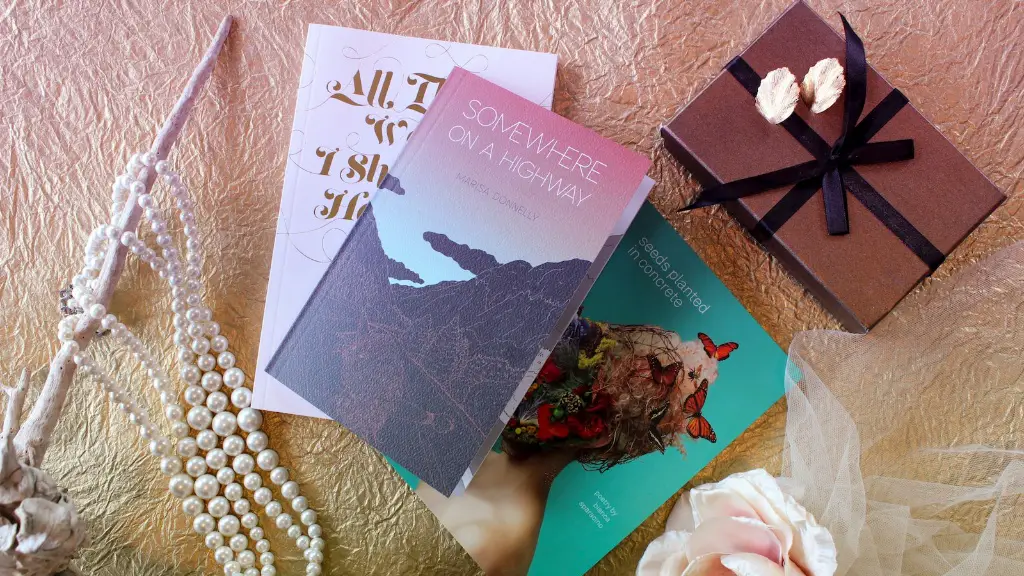Introduction
Published in 1850, Elizabeth Barrett Browning’s “How Do I Love Thee?” is considered one of the most romantic poems in the English language. Not only an expression of deep, abiding love, the poem speaks of the intensity of the emotions felt in an intimate relationship, and the desire to commit oneself completely to its spiritual and physical pleasure. Drawing upon Barret Browning’s own courtship with her husband Robert, the poem has gone on to be one of the most beloved works of romantic poetry.
Themes
At its core, the poem is about the evolution of love, from initial attraction to its culmination in a deeper, more lasting commitment. Barrett Browning explored this idea of gradual, evolving love, but her poem can also be interpreted to discuss the pain and difficulty of allowing oneself to be vulnerable in a relationship. She, like many women of her era, battling a belief system that saw females as objects, not equals.
The poem is also seen as a reflection of the perception of love at the time, an acknowledgement that love endures, even when physical beauty or even the one loved may pass. By recognizing the inevitability of change, the poem suggests that love, in the face of physical decline or distance, can be eternal, surviving long after the connection is broken.
Poetic Technique
The poem is written in classical sonnet form, divided into three quatrains and a closing couplet. As with most sonnets, the poem lacks a specific meter, but certain syllable counts and rhyme schemes are followed. The poem follows an iambic pentameter, a rhythm most generally used in the English language, using regular intervals of unstressed and stressed syllables.
The poem is constructed using the words ”I” and “Thee”, an expression of the dedication one has to their beloved. The words and rhymes of the poem paint a vivid picture of the lovers’ devotion, with each line a symbol of their commitment and love for one another.
Analysis
The poem, despite being centuries old, still speaks to the modern reader, and its themes of enduring love and vulnerability can still be felt today. Beyond the romantic admiration of her husband, the poem was ultimately a testament to Barrett Browning’s understanding of true and lasting love, and its power to outlast the strongest of physical attractions.
The poem has, over time, become an anthem of realization, a bow of gratitude, a liturgy and an event. Whether it be a love story between a couple or a message of appreciation to a parent or other family member, the commitment and love depicted in the poem can still resonate with our own hearts, no matter the depth of the connection.
Second Stanza
The second stanza focuses more on the physical aspect of love and the joy that it brings. While portraying the scope of the poet’s love for her beloved, it also emphasizes the importance of finding strength in the physical connection shared between two people. A heightened sense of intimacy between two individuals is described, as the poet conveys the “every difference” between her love and that of others.
The second stanza furthers the idea of enduring love, as the barriers of space and time are broken to convey the intensity of the love. Through this, Barrett Browning acknowledges the value of loving someone even in the face of distance, be it physical or emotional, realizing that a connection can still be felt despite being separate.
The imagery in the second stanza speaks to a wider audience, as the love described is not only described through its physical effects, but its spiritual power. Even though the poem was written in the 19th century, the imagery used still holds relevance to this day, as the emotions of love still cause tremors in our collective conscience.
Third Stanza
The third stanza of the poem aims to bring the focus more on the spiritual aspects of love, detailing its power to transcend both physical and material things. Here, Barrett Browning attempts to demonstrate the ability of love to outlast pain and sorrow, stating that her love for her beloved is deeper than the “storms” or “places” that may tear them apart.
The poem also emphasizes the importance of loving someone “unto Death”, a unique expression of commitment that is rarely seen in modern day relationships. This references the fact that true love requires a large amount of sacrifice, as eternal love requires being willing to sacrifice one’s life for the other. By making such a strong commitment to her beloved, Barrett Browning is acknowledging the eternal nature of love.
The third stanza also serves to act as an apology to her beloved for any wrongs that may have been committed in the past, using the words “forgive” and “absolve”. This speaks to her belief that the love shared between two people is more important than any wrongs committed, which can be forgiven and forgotten in order for the relationship to continue.
Fourth Stanza
The fourth stanza of the poem further reinforces the idea of loving “unto death”, as Barrett Browning declares that she would “love thee better after death”. This stark statement sounds almost radical in its meaning, as it attempts to erase all boundaries of time and space, uniting the two lovers even after one of them has passed away.
The idea of loving beyond death speaks to the enduring nature of love, as Barrett Browning suggests that it will always exist in some form, whether it be in the hearts of the living or in the thoughts of the dead. It is a message of hope and of faith, that love is not defeated by the hands of fate.
The fourth stanza further adds to the earlier declarations of love, as the poet reassures her beloved that her love for him will only continue to grow. This emphasizes the ability of love to overcome any obstacles that may arise, framing the poem as a pledge of loyalty and devotion to one’s beloved.
Fifth Stanza
The fifth and final stanza of the poem aims to show that the love described, while powerful and eternal, also has an inherent fragility and vulnerability. Barrett Browning acknowledges the possibility of the love she speaks of not surviving the test of time, a fear that can only be quelled by an unwavering devotion to the one loved.
The poem ends with a recognition of the power of love, its ability to change, to evolve, to survive, and to outlast the toughest of storms. It is a sentiment that has stood the test of time, and Barrett Browning’s verse still resonates today, a pledge of everlasting love and faith in the face of whatever may come.
Diction & Imagery
Throughout the poem, Barrett Browning uses simple, yet powerful language and imagery to illustrate the various nuances of her love for her beloved. Many of the words and lines are couched in figurative language, allowing the reader to better appreciate the subtleties contained within the poem.
The imagery within the poem is a testament to Barrett Browning’s creativity, as she selects words and lines that are able to evoke a vivid picture of her relationship with her beloved. The use of metaphors and similes is especially





